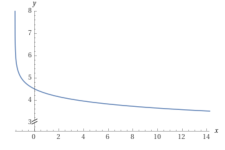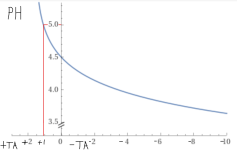I recently acquired a pool maintenance and service business with one quite experienced service/repair tech and one new maintenance tech. So I’m still learning every day and trying to become the resident chem “expert” for the group.
Have a customer whose pH is unexpectedly dropping between visits (perhaps rain through smoked filled air?) and it seems, based on the blue color, that copper has gotten into the spa. (See pic).
Their CYA levels were also quite high so we went ahead and drained the spa and gave the plaster an acid wash, which I know has its detractors. It cleaned up the pool nicely. But several questions.
Does their equipment need to be flushed out? Or once the spa is filled back up and balanced, just start it circulating? Similarly, would you recommend replacing the filters? Or just start it up and try a sequestering agent for any remaining residual copper that may be in the lines?
Thanks in advance!

Have a customer whose pH is unexpectedly dropping between visits (perhaps rain through smoked filled air?) and it seems, based on the blue color, that copper has gotten into the spa. (See pic).
Their CYA levels were also quite high so we went ahead and drained the spa and gave the plaster an acid wash, which I know has its detractors. It cleaned up the pool nicely. But several questions.
Does their equipment need to be flushed out? Or once the spa is filled back up and balanced, just start it circulating? Similarly, would you recommend replacing the filters? Or just start it up and try a sequestering agent for any remaining residual copper that may be in the lines?
Thanks in advance!


















